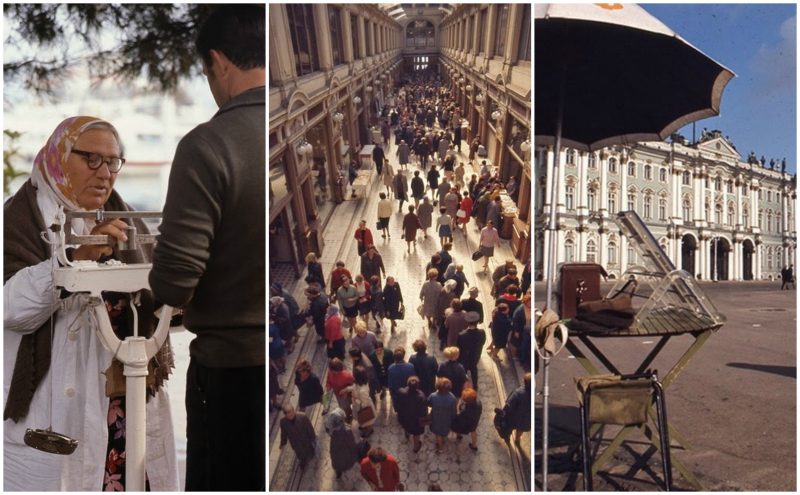Saint Petersburg is the second largest city in Russia, located on the Neva River at the head of the Gulf of Finland on the Baltic Sea. In 1914 the name of the city was changed from Saint Petersburg to Petrograd, in 1924 to Leningrad and in 1991, back to Saint Petersburg. In Russian literature, informal documents, and discourse, the word “Saint” is usually omitted, leaving “Petersburg”. In casual conversation Russians may drop the “burg” as well, referring to it as “Peter”.
Tsar Peter the Great founded Saint Petersburg on May 27 ,1703. Between 1713–1728 and 1732–1918 Saint Petersburg functioned as the imperial capital of Russia. In 1918 the central government bodies moved from Saint Petersburg (then named Petrograd) to Moscow.It is Russia’s second-largest city after Moscow, with 5 million inhabitants (2012), and the fourth most populated federal subject.Saint Petersburg is a major European cultural center, and also an important Russian port on the Baltic Sea.
Saint Petersburg is often described as the most Westernized city of Russia, as well as its cultural capital. It is the northernmost city in the world with a population of over one million.The Historic Centre of Saint Petersburg and Related Groups of Monuments constitute a UNESCO World Heritage Site. Saint Petersburg is home to The Hermitage, one of the largest art museums in the world. A large number of foreign consulates, international corporations, banks, and businesses have offices in Saint Petersburg.
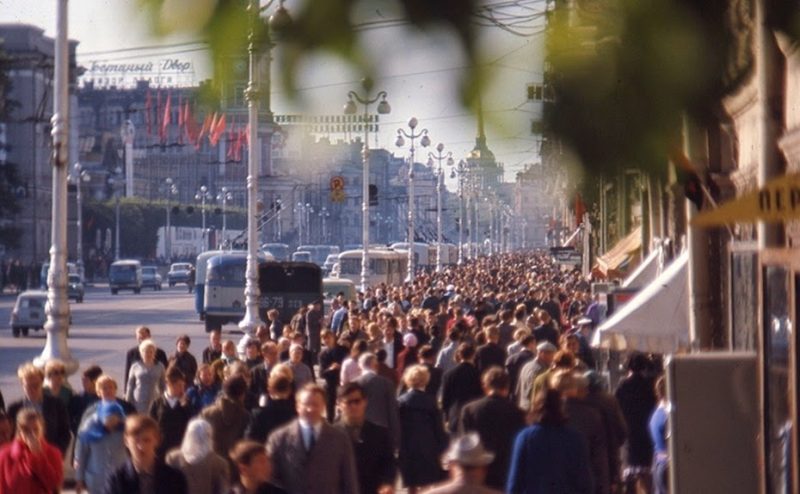
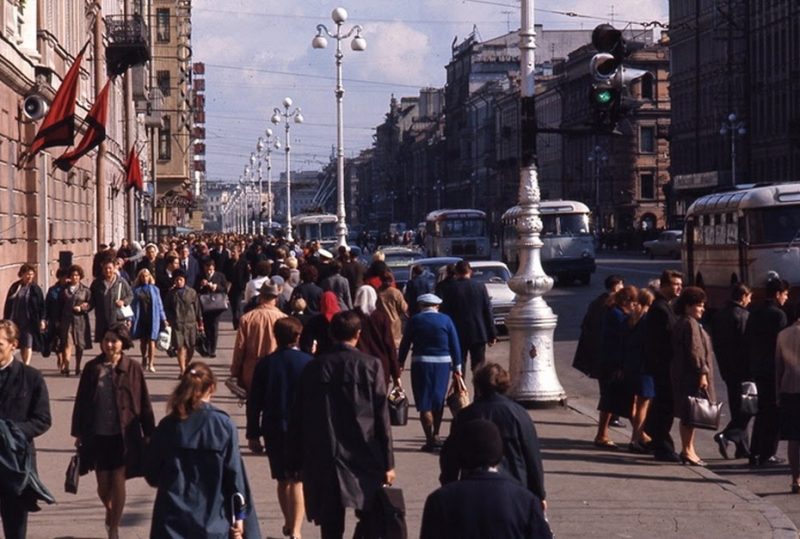
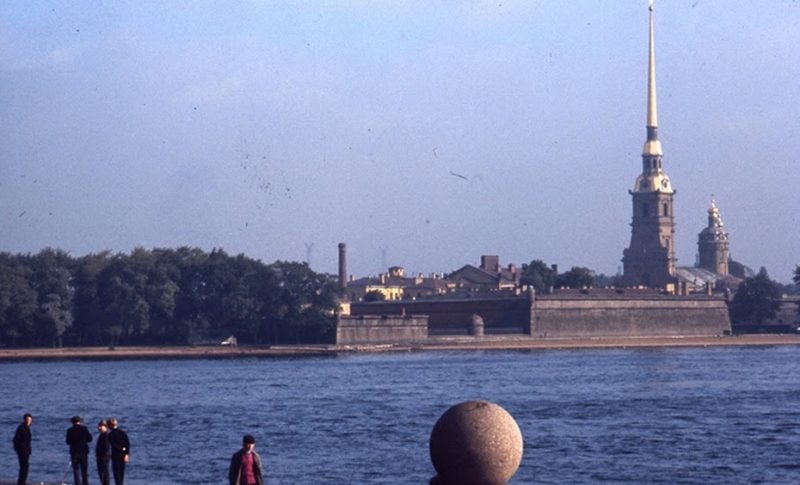
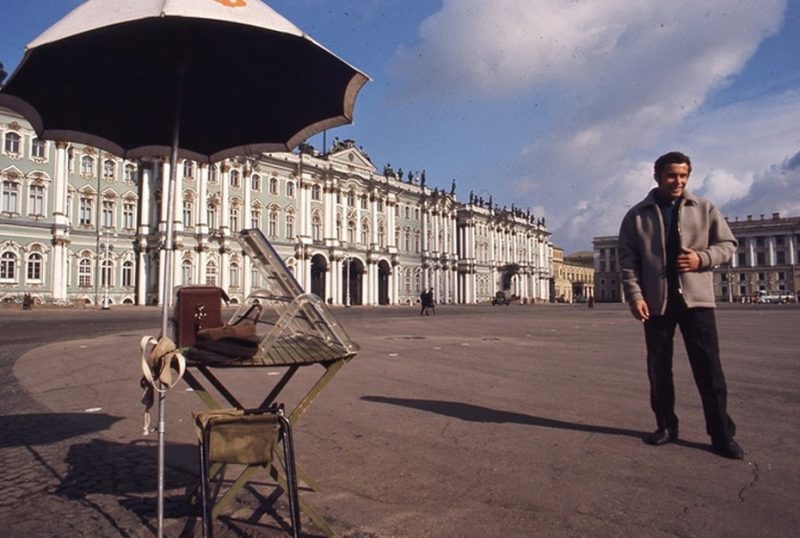
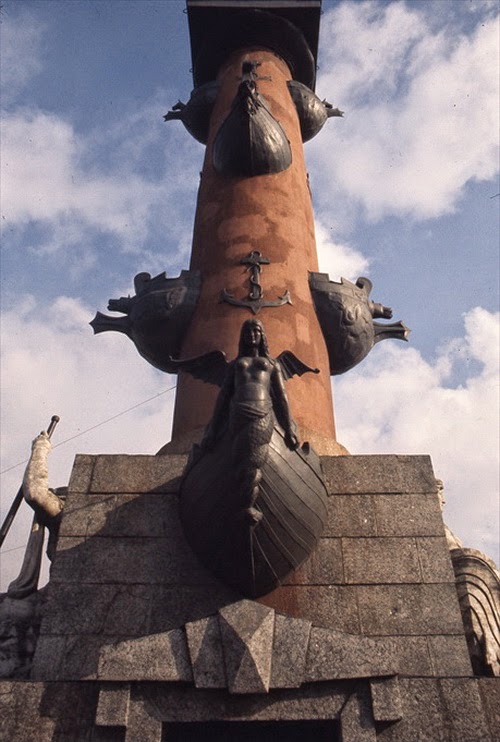
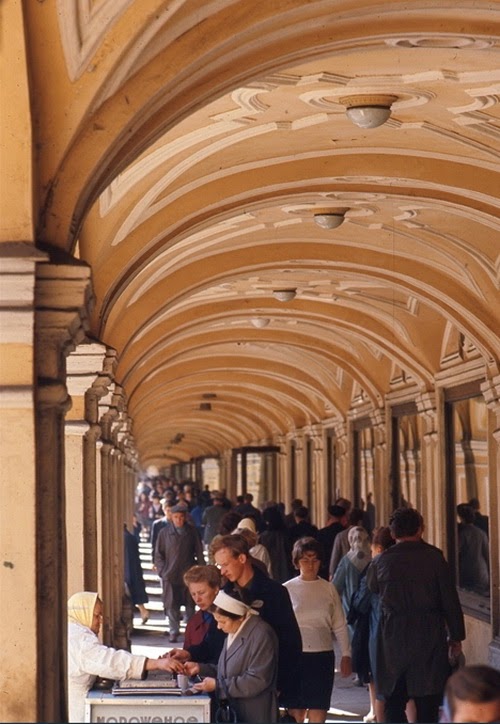
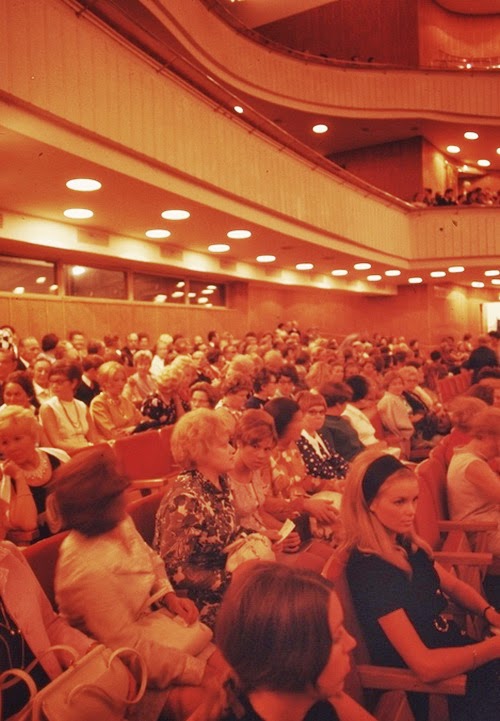
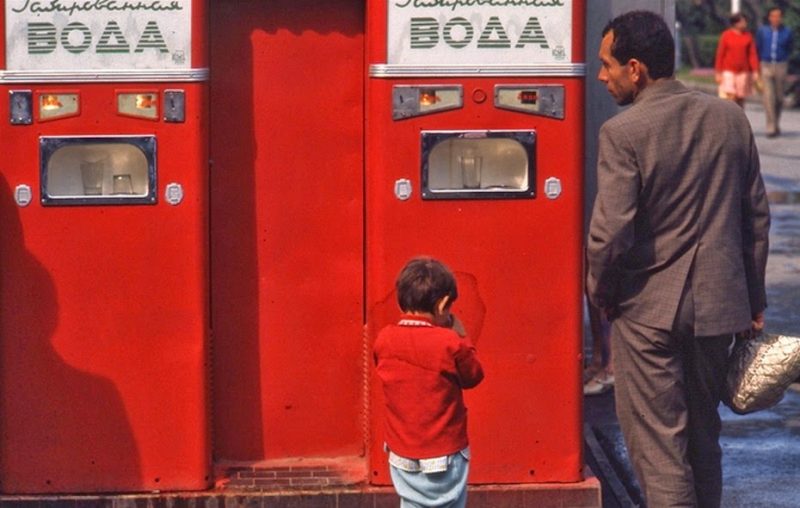
Several revolutions, uprisings, assassinations of Tsars, and power takeovers in St. Peterburg had shaped the course of history in Russia and influenced the world. In 1801, after the assassination of the Emperor Paul I, his son became the Emperor Alexander I. Alexander I ruled Russia during the Napoleonic Wars and expanded his Empire by acquisitions of Finland and part of Poland. His mysterious death in 1825 was marked by the Decembrist revolt, which was suppressed by the Emperor Nicholas I, who ordered execution of leaders and exiled hundreds of their followers to Siberia. Nicholas I then pushed for Russian nationalism by suppressing non-Russian nationalities and religions.
Cultural revolution that followed after the Napoleonic wars, had further opened St. Petersburg up, in spite of repressions. The city’s wealth and rapid growth had always attracted prominent intellectuals, scientists, writers and artists. St. Petersburg eventually gained international recognition as a gateway for trade and business, as well as a cosmopolitan cultural hub. The works of Aleksandr Pushkin, Nikolai Gogol, Ivan Turgenev, Fyodor Dostoyevsky and numerous others brought Russian literature to the world. Music, theatre and ballet became firmly established and gained international stature.
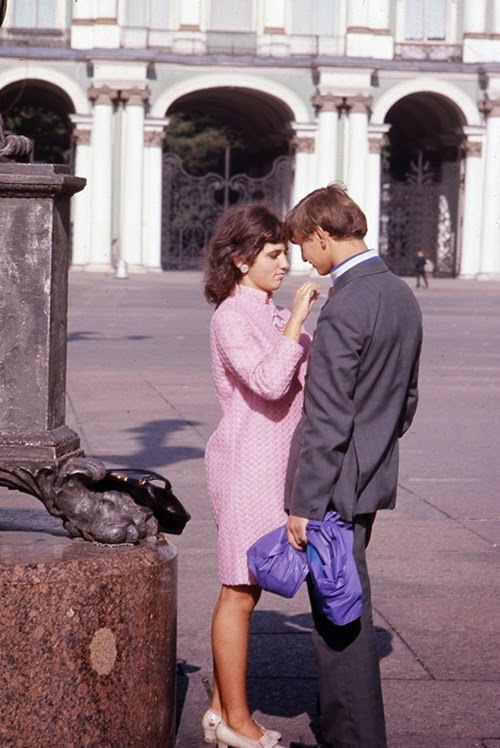
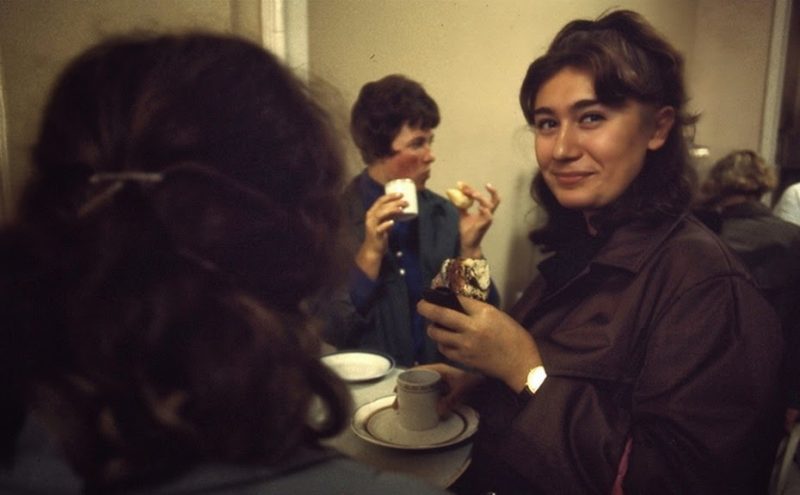
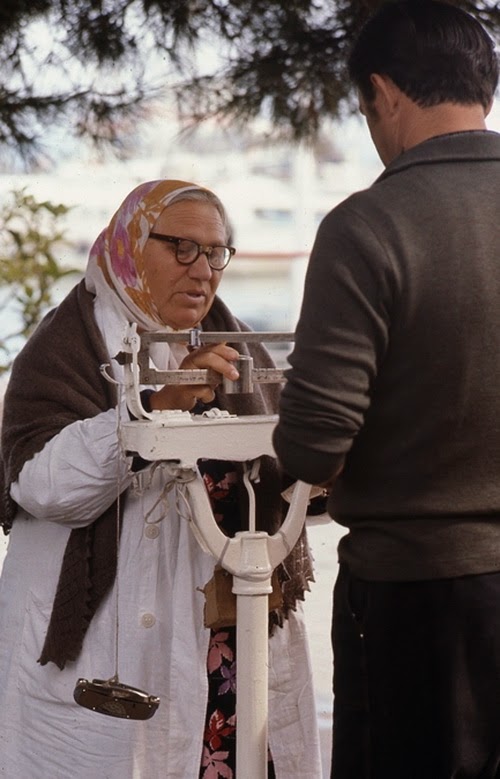
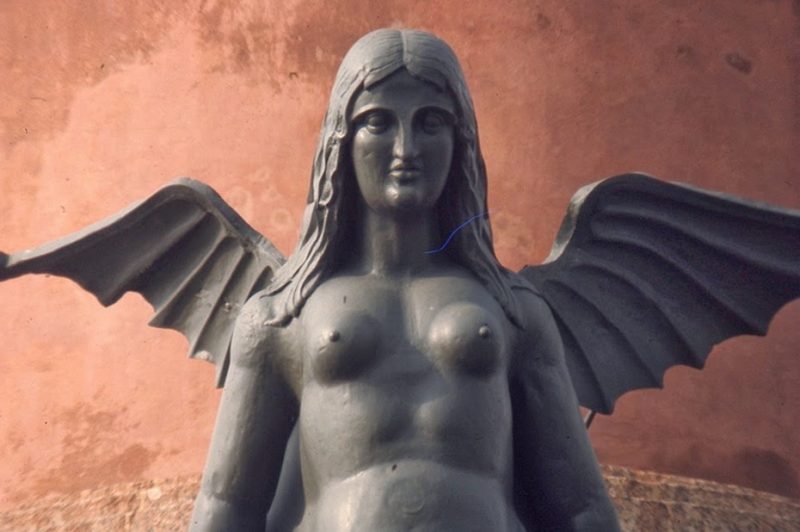
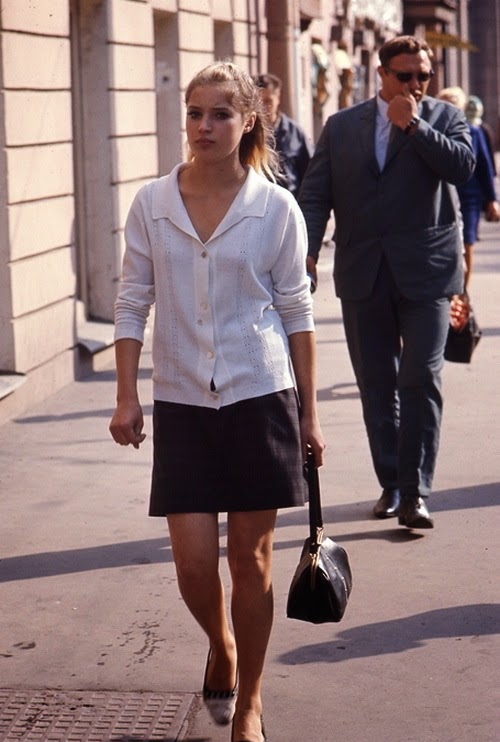
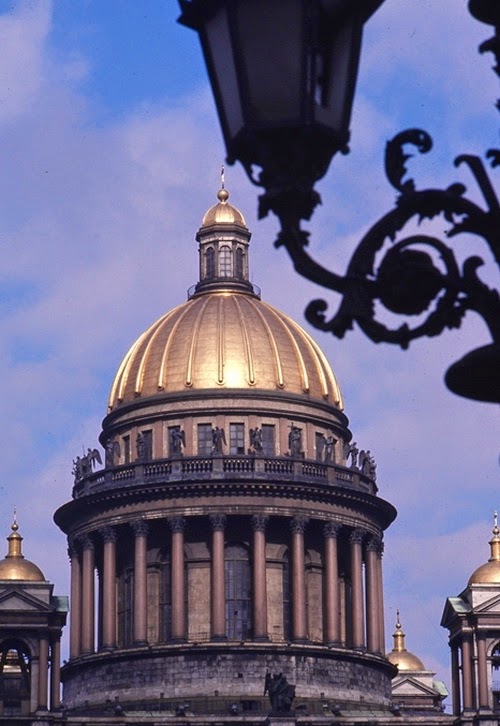
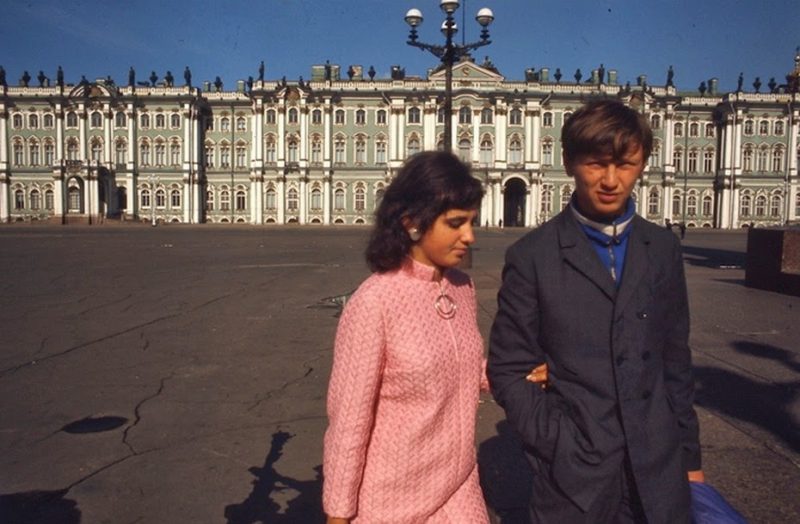
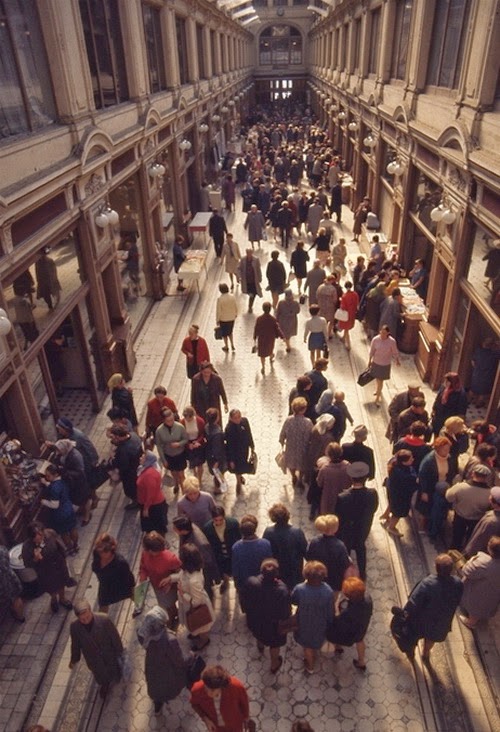
During World War II, Leningrad was surrounded and besieged by the German Wehrmacht from 8 September 1941 to 27 January 1944, a total of 29 months. By Hitler’s order the Wehrmacht constantly shelled and bombed the city and systematically isolated it from any supplies, causing death of more than 1 million civilians in 3 years; 650,000 died in 1942 alone The secret instruction from 23 September 1941 said: “the Führer is determined to eliminate the city of Petersburg from the face of earth. There is no reason whatsoever for subsequent existence of this large-scale city after the neutralization of the Soviet Russia.” Starting in early 1942, Ingria was included into the Generalplan Ost annexation plans as the “German settlement area”. This implied the genocide of 3 million Leningrad residents, who had no place in Hitler’s “New East European Order”.
Hitler ordered preparations for victory celebrations at the Tsar’s Palaces. The Germans looted art from museums and palaces, as well as from private homes. All looted treasures, such as the Amber Room, gold statues of thePeterhof Palace, paintings and other valuable art were taken to Germany. Hitler also prepared a party to celebrate his victory at the hotel Astoria. A printed invitation to Hitler’s reception ball at the Hotel Astoria is now on display at the City Museum of St. Petersburg.
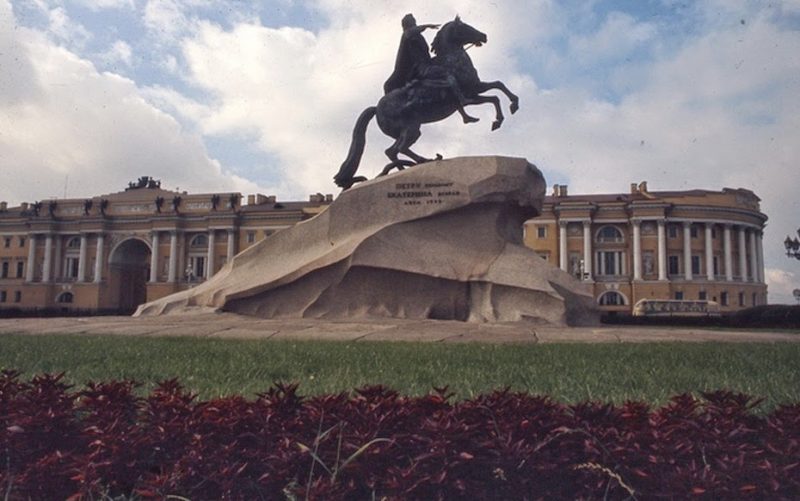
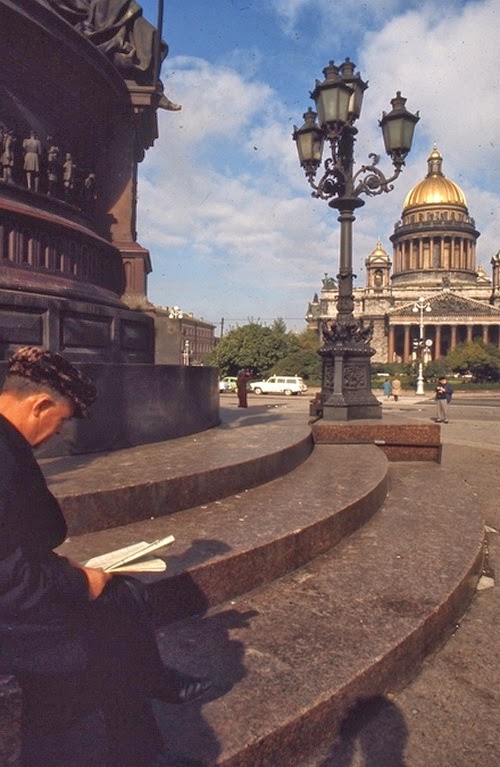
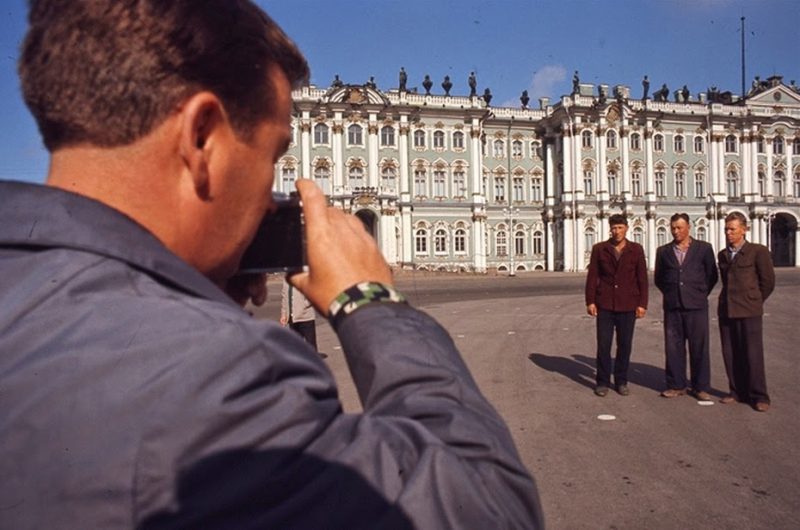
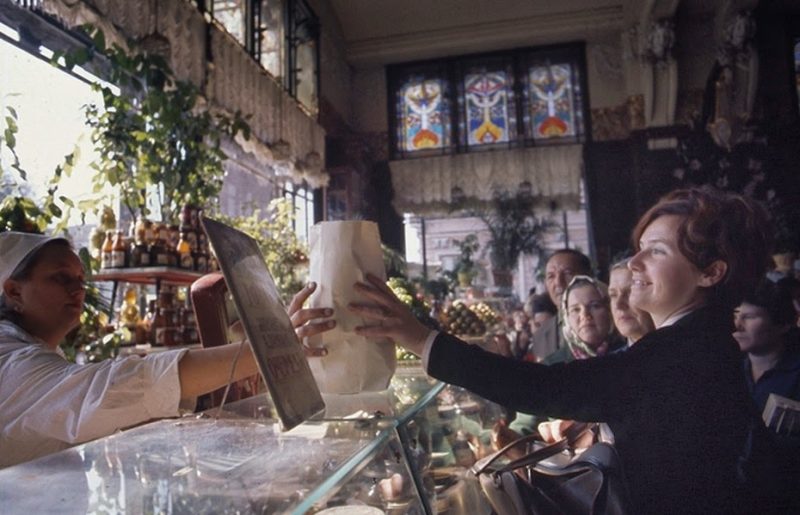
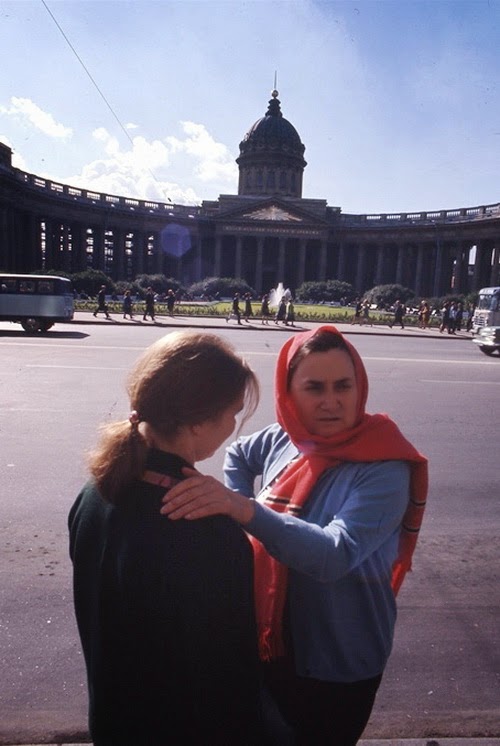
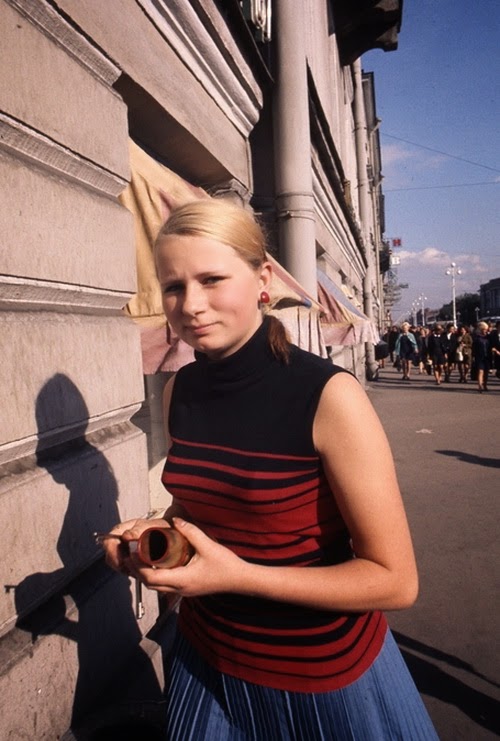
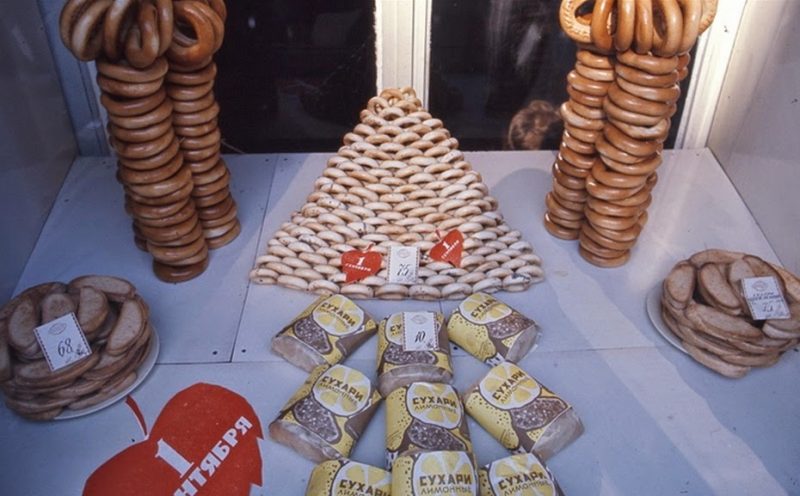
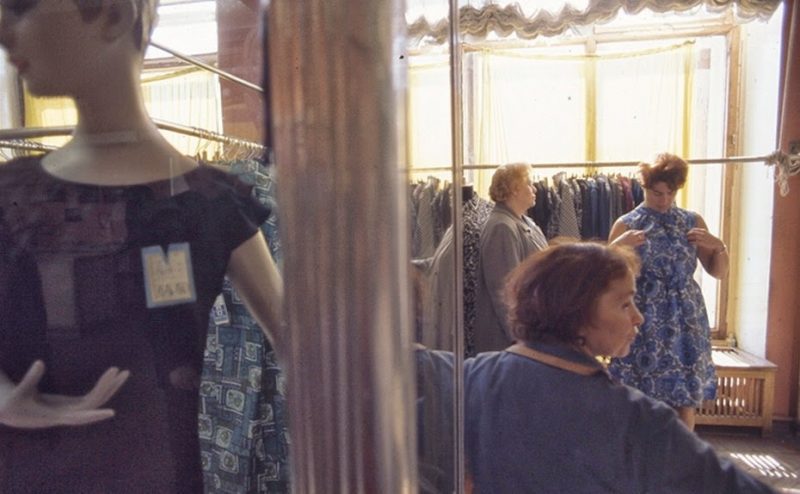
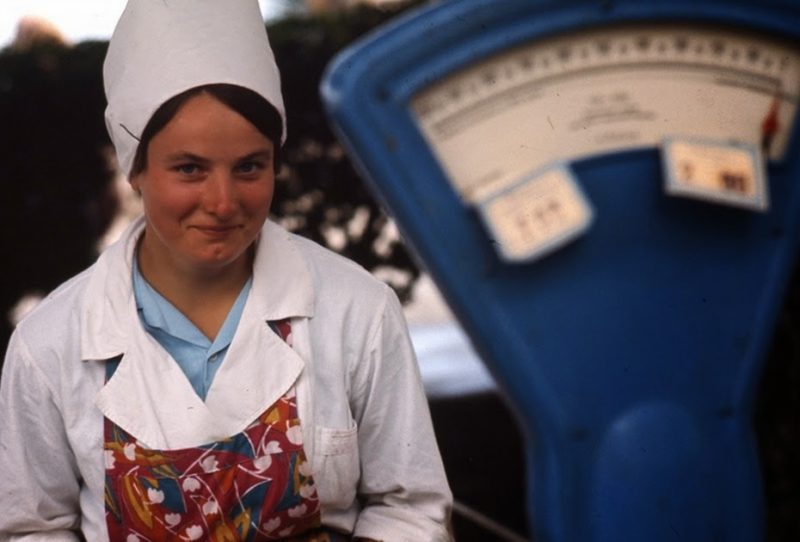
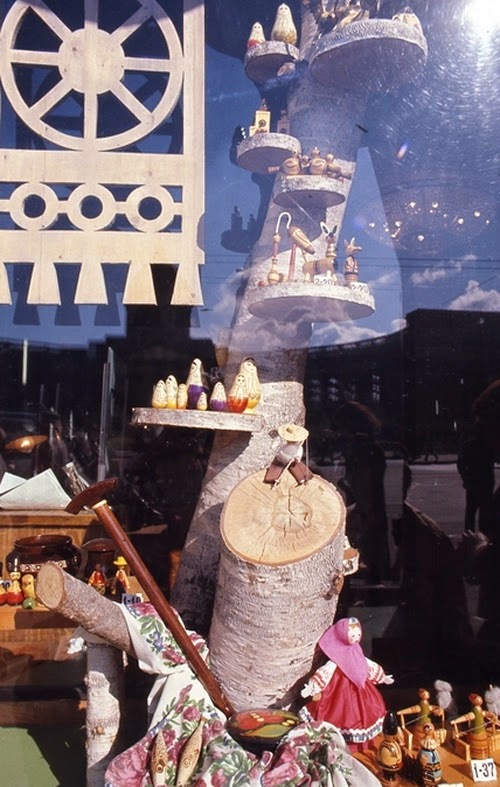
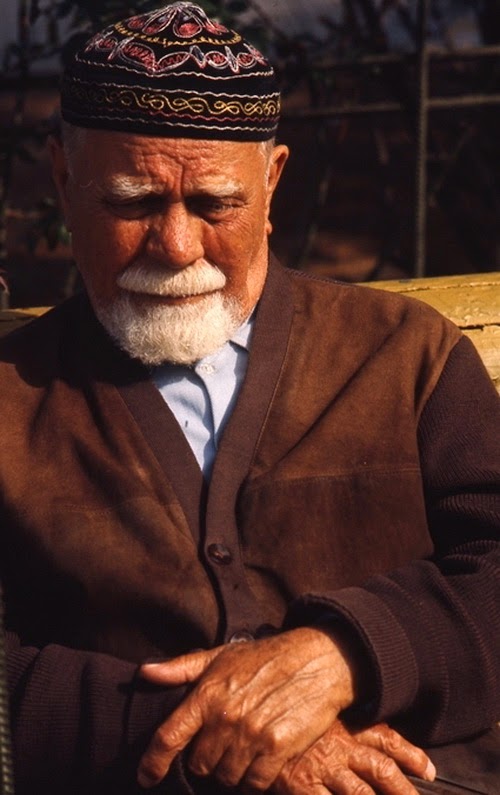
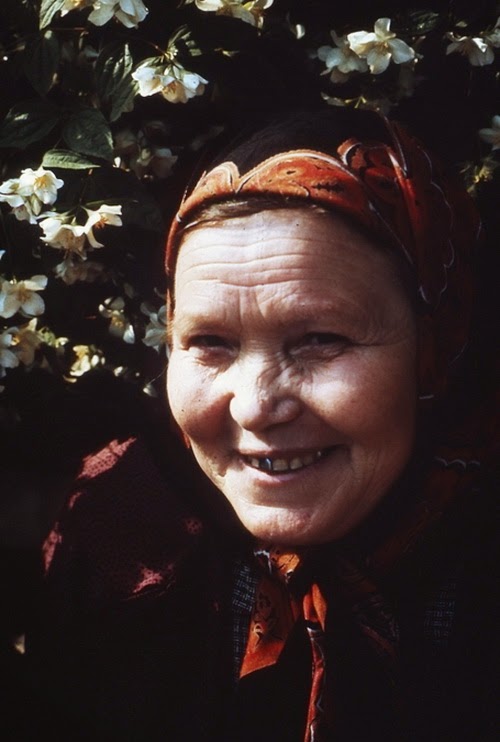
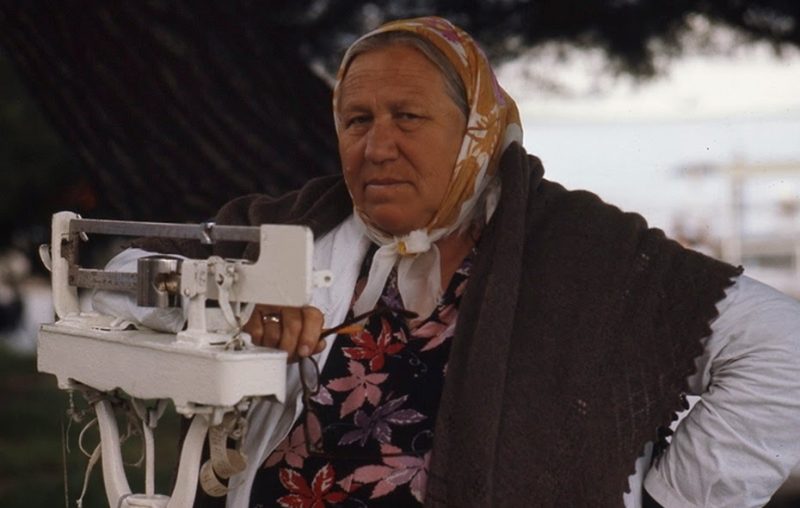
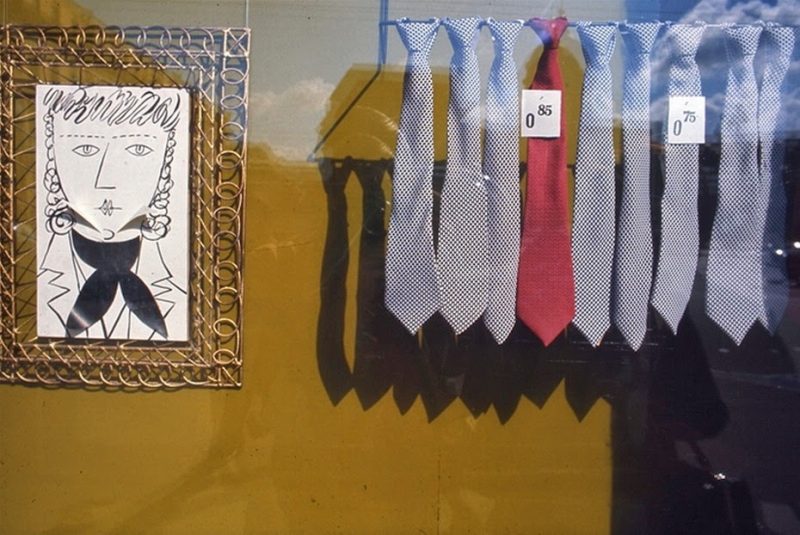
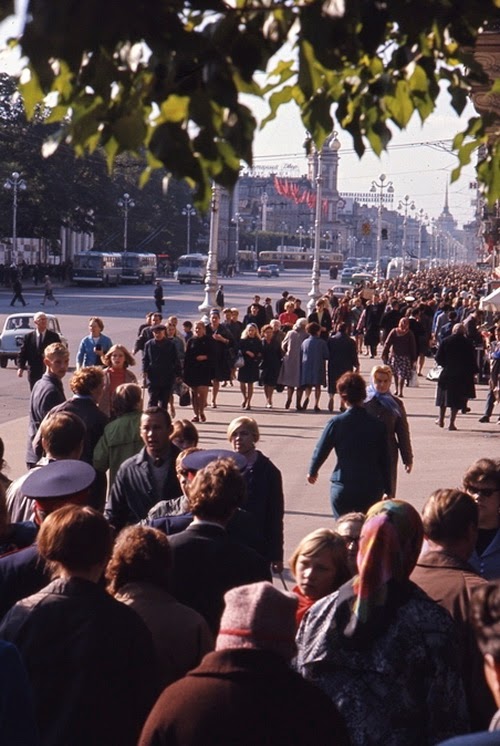
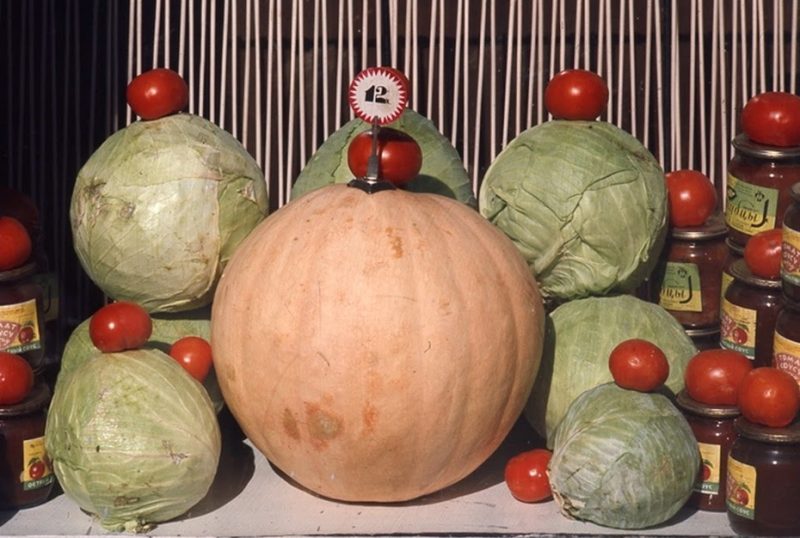
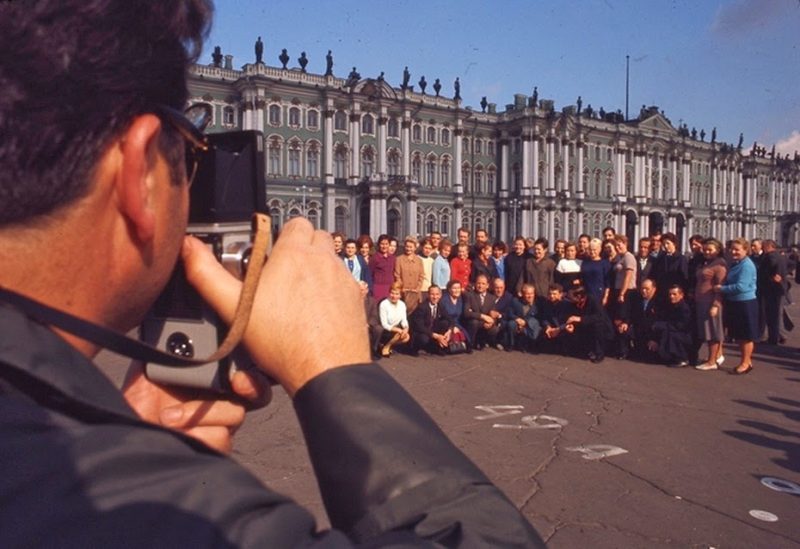
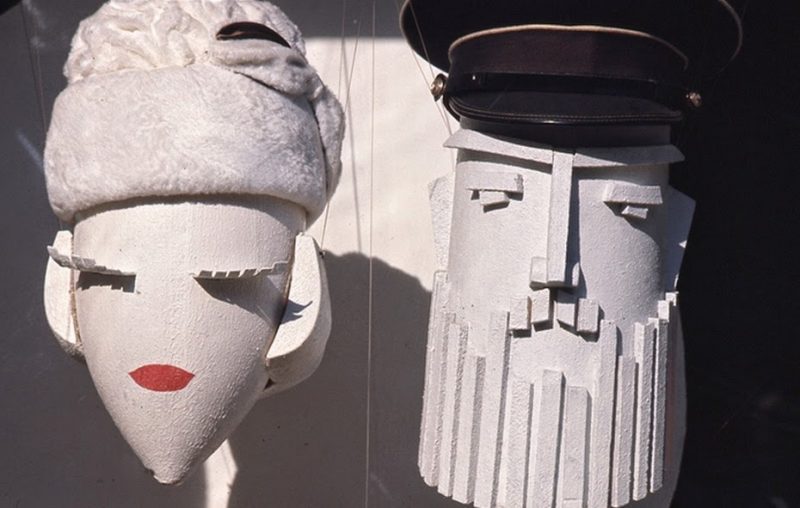
Photos by Hans Rudolf Uthoff
